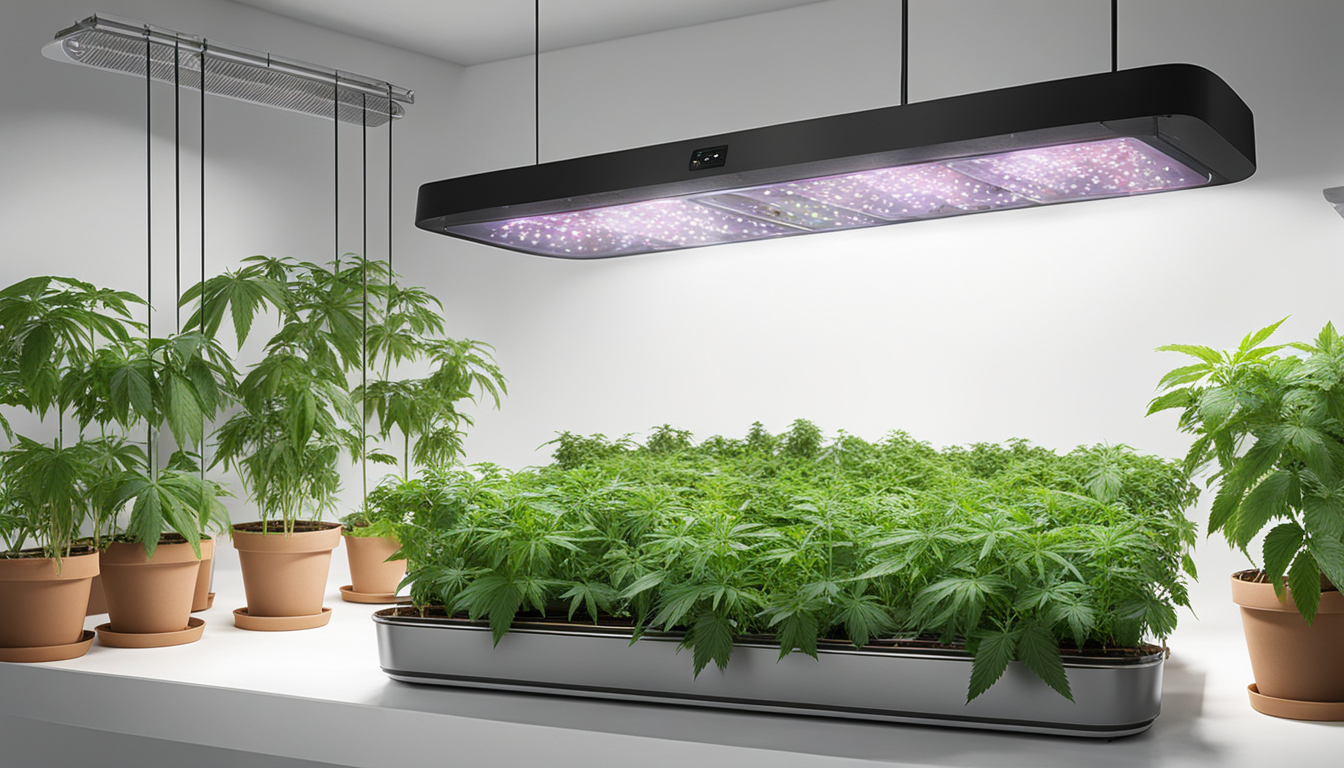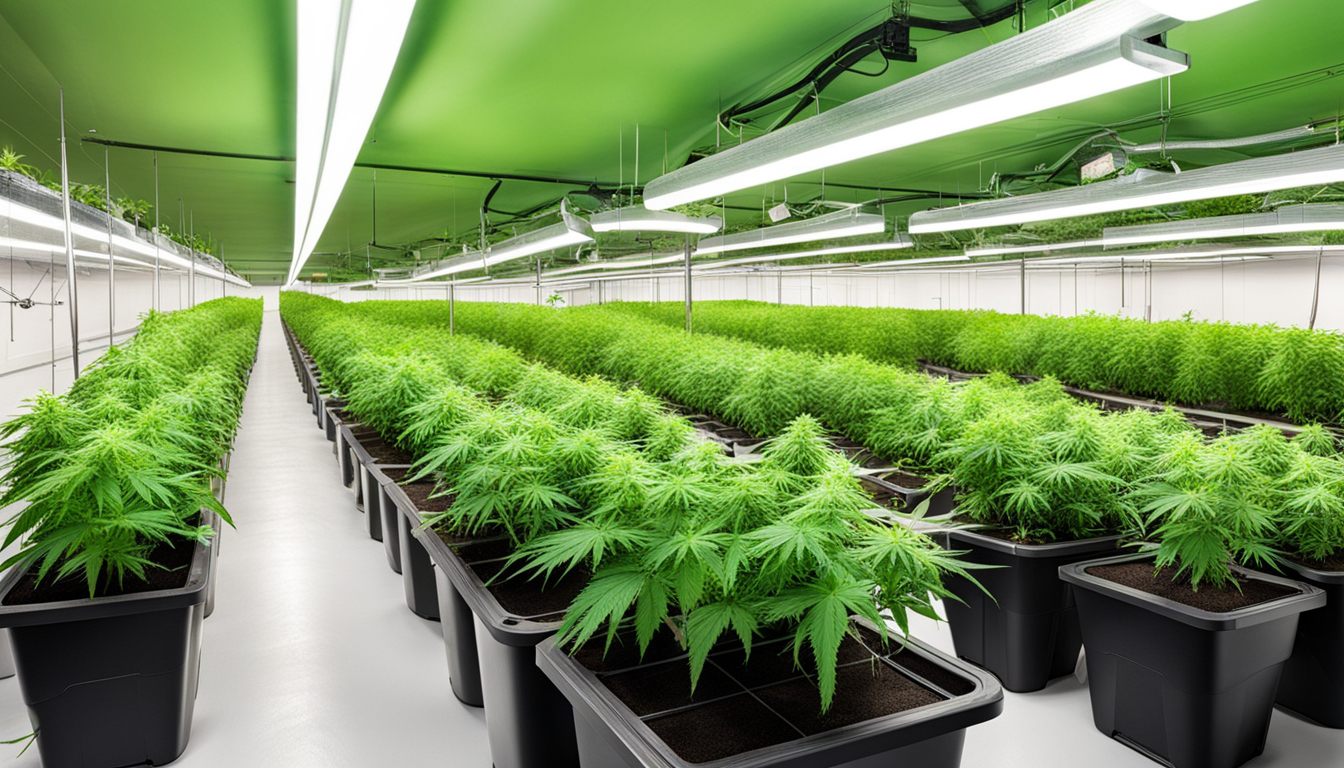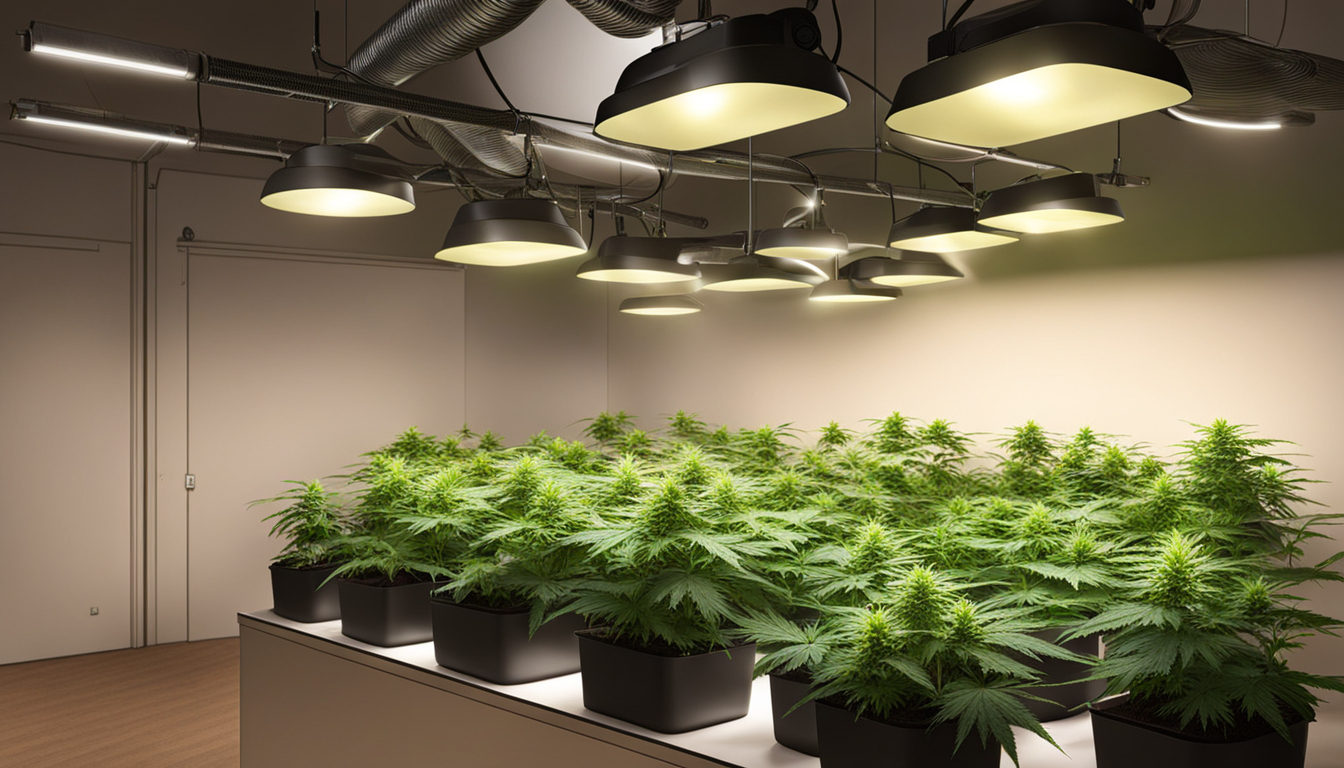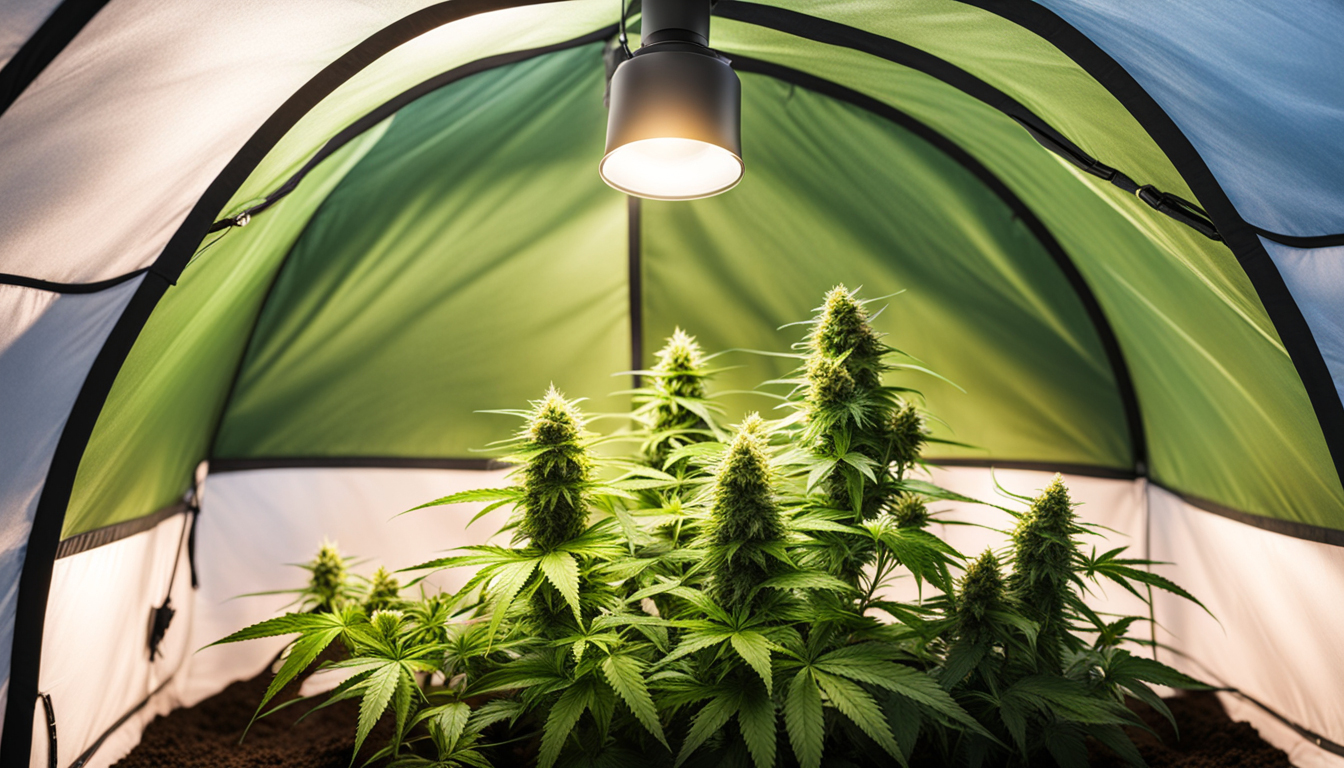
Whether you're new to cannabis cultivation or looking to improve your existing harvest, following this complete guide will help you produce bountiful, high-quality yields right at home. With the right supplies, strategies, and care, growing cannabis indoors can be an extremely satisfying and cost-effective endeavor.
Choosing Weed Strains
The first step in planning your indoor harvest is choosing the right marijuana varieties to grow. The three main types of weed plants each have their own characteristics.
Sativas
Known for their invigorating intellectual effects, sativas spread tall and slender with narrow leaves. They flourish in tropical tropical climates and have a longer blooming time between 2.5-3 months indoors. Top energizing strains include Sour Diesel, Durban Poison, and Jack Herer.
Indicas
Indicas provide calming full-body effects and grow short and bushy with wide leaves. Accustomed to cooler mountain climates, they flower faster within 2-2.25 months. Popular relaxing strains include Granddaddy Purple, Northern Lights, and Bubba Kush.
Mixed strains
Mixed varieties blend traits from both energizing strains and relaxing strains. They offer combined effects and have medium blooming periods around 9-10 weeks. Popular hybrids are OG Kush, Girl Scout Cookies, and Blue Dream.

Setting Up Your Cultivation Space
Weed plants need the right controlled environment to succeed. Key factors for indoor farms are lighting, airflow, layout, and finding the ideal discreet location.
Location
Choose an empty space with easy access to irrigation and electrical outlets. An empty extra bedroom, unused closet, basement corner, or cultivation tent tucked away in a garage all make great discreet grow room spots.
Lights
Weed requires powerful light for all growth stages. LEDs are energy-efficient and come in broad spectrum options replicating natural outdoor light. Cover 250-400 watts per sq. ft for the vegetative stage and 400-600 watts per sq. ft. for flowering.
Airflow
Proper airflow and exhaust systems keep ideal temp, humidity, and pure CO2 levels. Set up silent 10-15 cm fans or scrubbers to circulate stale air and reduce smells.
Layout
Maximize your space by positioning plants strategically under the lights and allowing room to reach and work around them. Set up separate zones for growth, bloom, drying, and propagation.

Cultivation Substrates
Pot can be grown in different mediums, each with pros and cons. Pick a proper option for your particular setup and cultivation style.
Soil
The traditional substrate, soil is affordable and easy for beginners. It provides great taste but needs more irrigation and nutrients to feed plants. Amend soil with perlite or coco to improve aeration.
Coconut coir
Made from coir, renewable coconut fiber holds water but still lets in air to the roots. It's more sterile and more predictable than soil. Use coco-specific nutrients to avoid calcium buildup.
Hydroponics
In hydro systems, plant roots grow directly in nutrient water solution. This enables quick development but needs careful observation of solution properties. DWC and irrigation systems are popular methods.
Sprouting Seeds
Sprouting prepares your pot seeds to start growing taproots. This prepares them for planting into their growing medium.
Paper Towel Method
Put seeds between wet paper towel and maintain them moist. Check after 2-7 days for growing radicles showing germination is complete.
Planting directly
Insert seeds right into wetted cultivation medium 6mm deep. Gently water and wait 7-14 days until seedlings break through the top.
Cubic rockwool
Presoak Click Here rockwool cubes in balanced water. Insert seeds 1⁄4 inch deep into the cubes. Keep cubes wet until sprouts emerge within 1-14 days.
Transplanting Seedlings
Once germinated, pot young plants need to be repotted to avoid overcrowding. Move them into appropriately sized pots.
Ready Containers
Load final pots with cultivation medium enriched with time-released nutrients. Allow pots to soak up water for 8-12 hours before transplanting.
Carefully Transplanting
Gently separate young roots from sprouting medium using a spade. Place into prepared pot at equal depth as before and lightly water in.
Vegetative Stage
The growth stage encourages leafy growth and plant structure through 3/4 to full day of continual lighting exposure. This stage usually lasts 4-8 weeks.
Using 18-24 Hours of Light
Use grow lights on a 24 daily schedule or outdoor light to trigger constant growth. Light output influences size and internodal spacing.
Nutrients
Use grow stage nutrients higher in N. Make sure pH stays around 6.5 for full nutrient absorption. Fertilize 25-50% strength after 2 weeks and strengthen gradually.
Training Techniques
Fimming, low stress training, and scrogging direct growth shapes for flat canopies. This boosts yields.

Bloom Stage
The flowering stage grows buds as plants show their sex under a 12 hour cycle schedule. It lasts 2-3 months depending on variety.
Changing Light Schedule
Change grow lights to 12/12 or move outside for outdoor 12/12 timing. This triggers plants to start blooming.
Stop Fertilizing
Leaching flushes out nutrient salts to enhance taste. Feed lightly the first weeks then just use pH'd water the final 2 weeks.
Flushing
Maintain 12/12 light timing but leach using pH-balanced water only. Return to plain watering if buds aren't yet ripe after two weeks.
Harvesting
Recognizing when cannabis is fully ripe delivers maximum potency and aroma. Cut down plants at peak ripeness.
Signs of readiness
Look for fading pistils, swelling calyxes, and 5-15% amber trichomes. Inspect buds around the plant as they don't all mature evenly.
Harvesting plants
Use clean, sharp trimming scissors to gently cut each plant at the base. Leave 5-10cm of stem attached.
Drying
Suspend whole plants or branches inverted in a dark room with average temp and RH around 50-60% for 7-14 days.
Aging
Aging continues desiccating while improving the buds like fine wine. This process mellows bitterness and further develops cannabinoid contents.
Curing containers
Trim dried buds from stems and store into sealed containers, filling about 3⁄4 full. Use a sensor to monitor jar humidity.
Burping Daily
Unseal jars for a few hours each day to gradually reduce humidity. Remoisten buds if humidity goes under 55%.
Long term storage
After 2-3 weeks when humidity stabilizes around 55-60%, do a last trim and store long-term in airtight jars.
Troubleshooting
Even seasoned growers run into various weed plant problems. Detect problems soon and fix them correctly to keep a healthy garden.
Nutrient Deficiencies
Yellowing leaves often signify inadequate nitrogen. Anthocyanins and leaves signal phosphorus deficiency. Test pH and boost fertilizers slowly.
Bugs
Spider mites, fungus gnats, thrips, and root aphids are common weed pests. Use organic sprays, predator bugs, and yellow traps for organic control.
Powdery mildew
Excessive humidity encourages powdery mildew and bud rot. Improve airflow and circulation while lowering humidity below 50% during bloom.

Summary
With this complete indoor marijuana growing guide, you now have the knowledge to grow plentiful potent buds for private grows. Apply these steps and methods throughout the seed starting, vegetative, and bloom stages. Spend in good equipment and carefully monitor your plants. In time, you'll be compensated with sticky aromatic buds you grew yourself under the loving care of your green hands. Good luck cultivating!